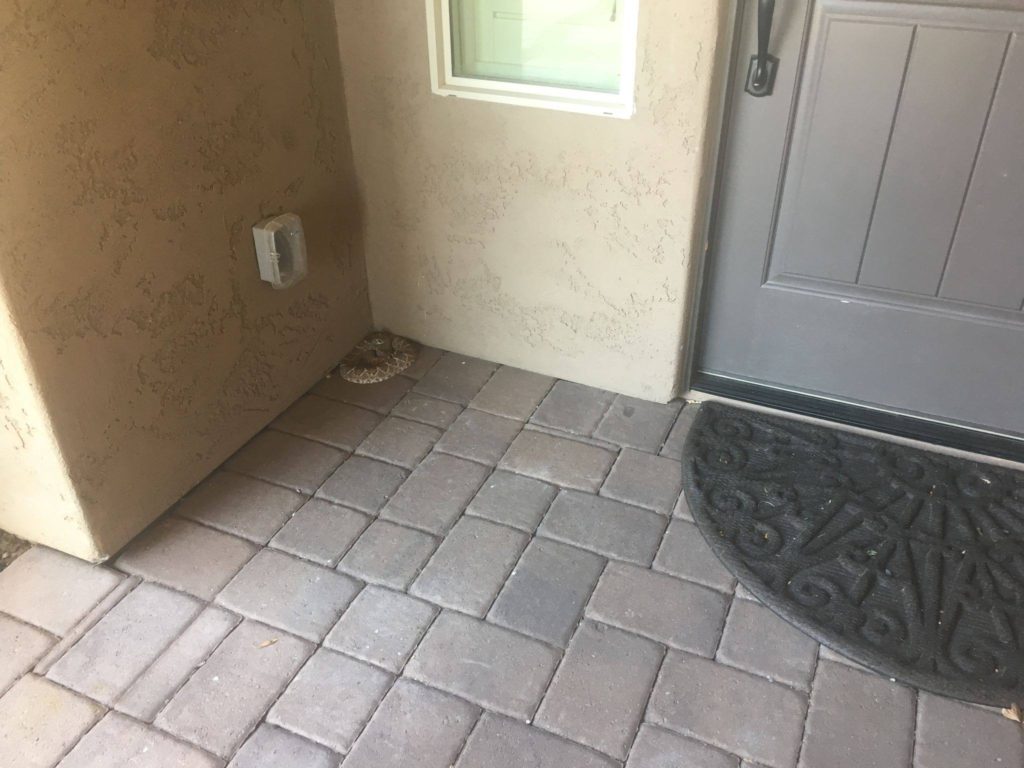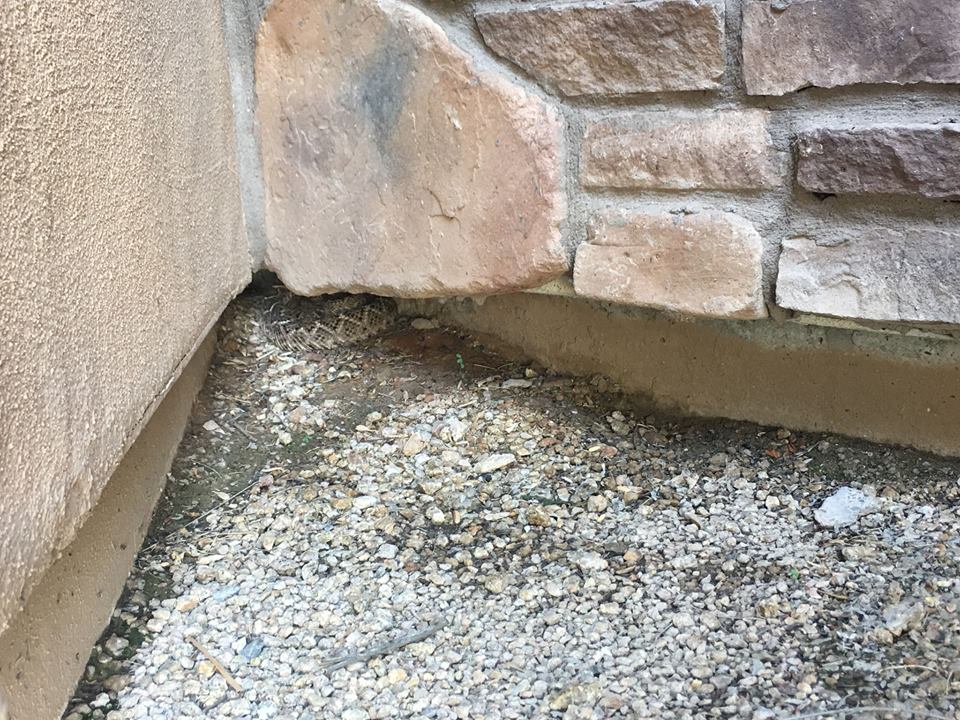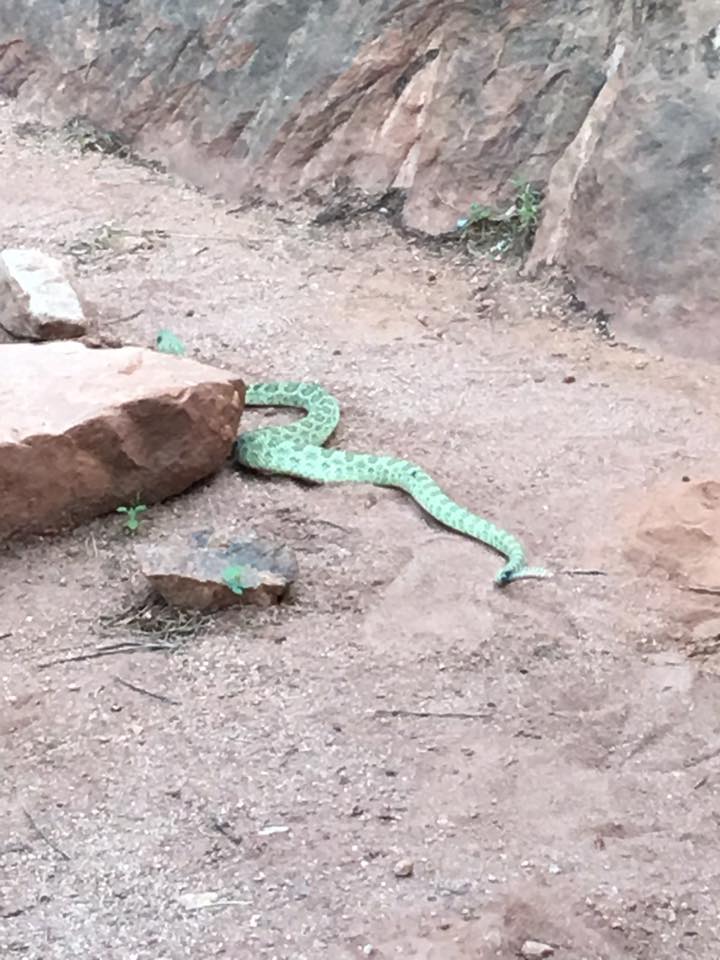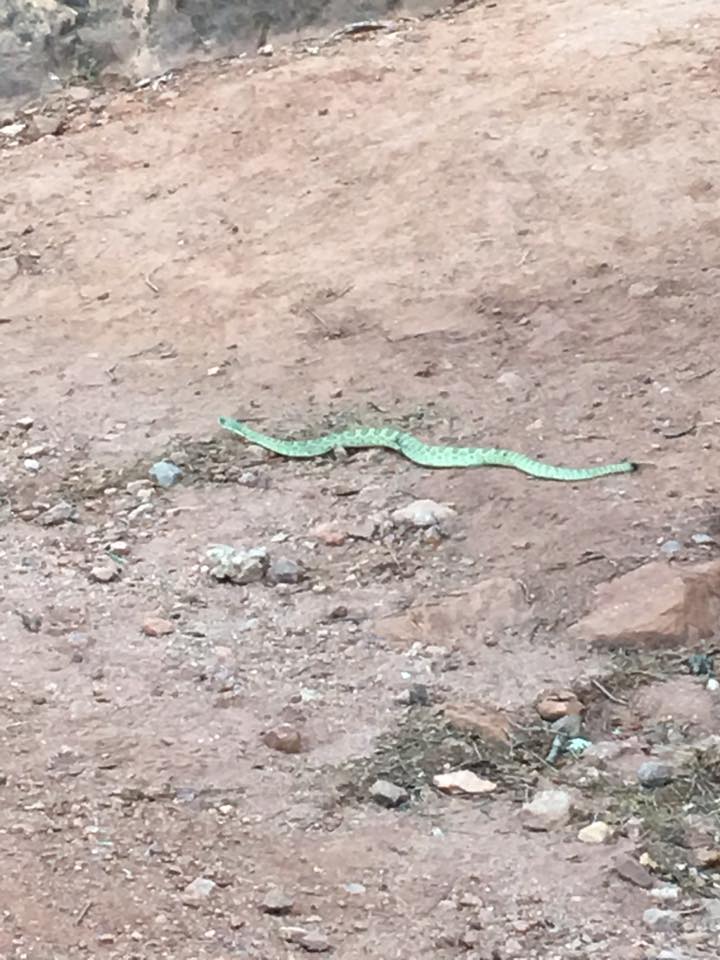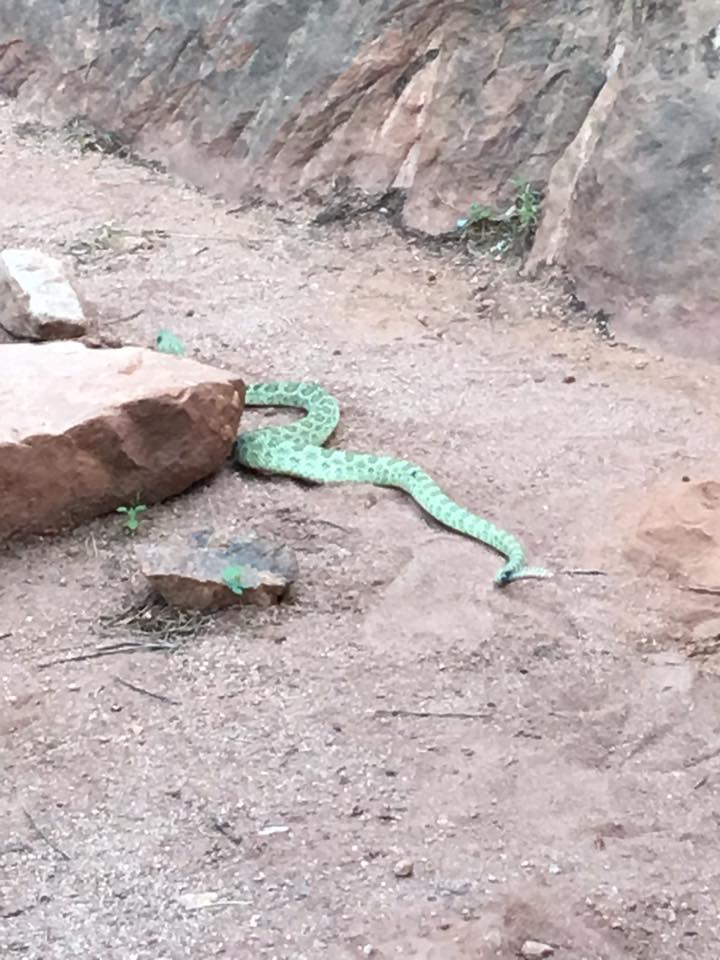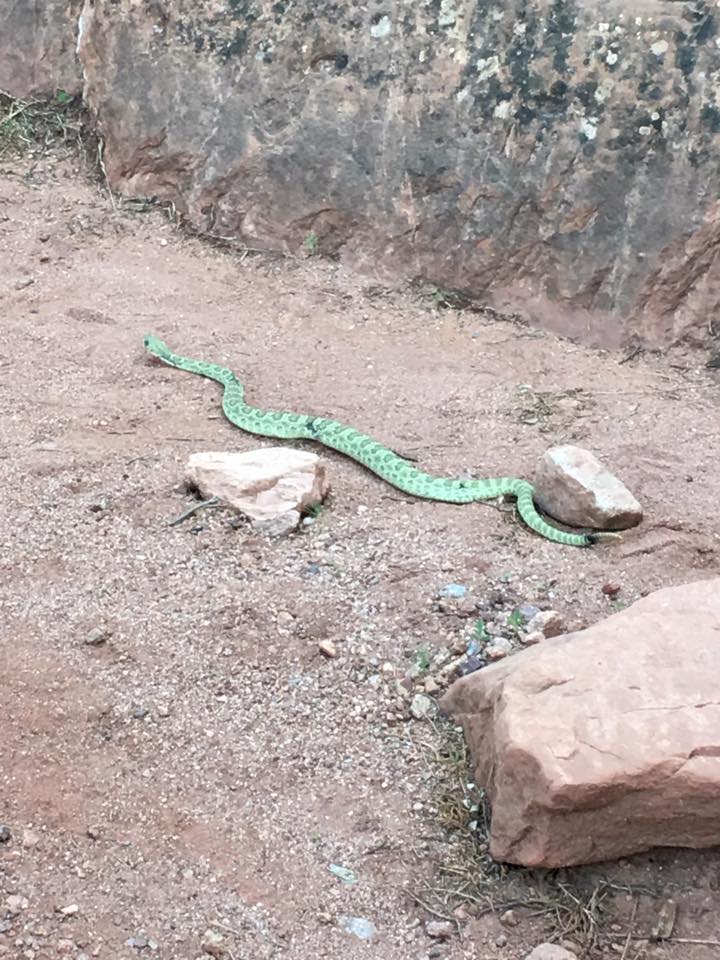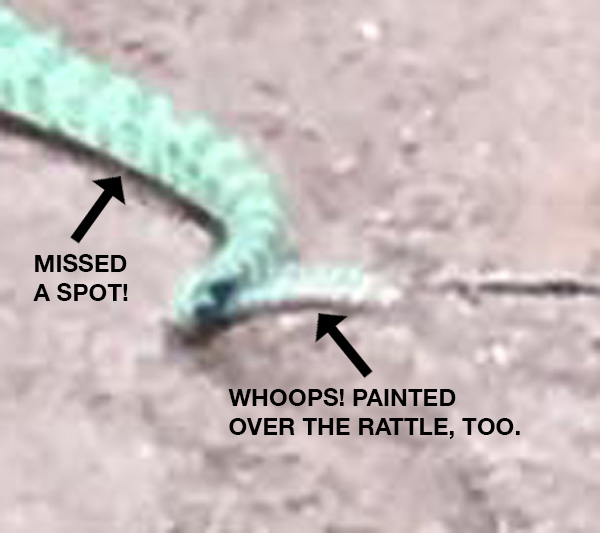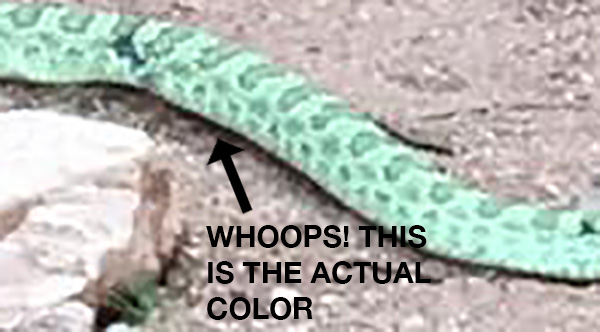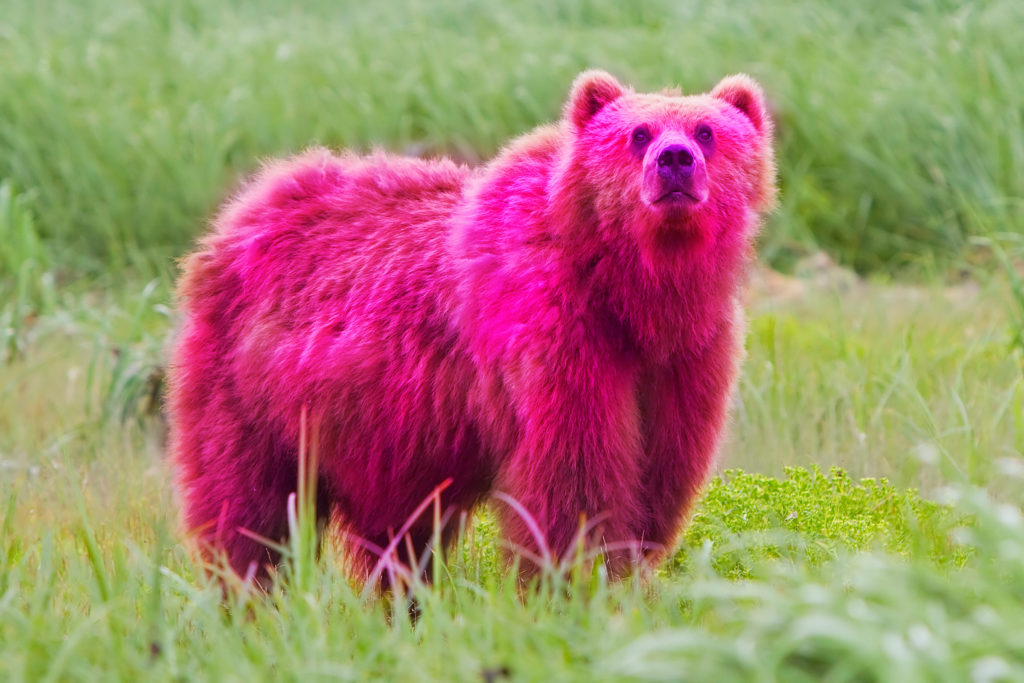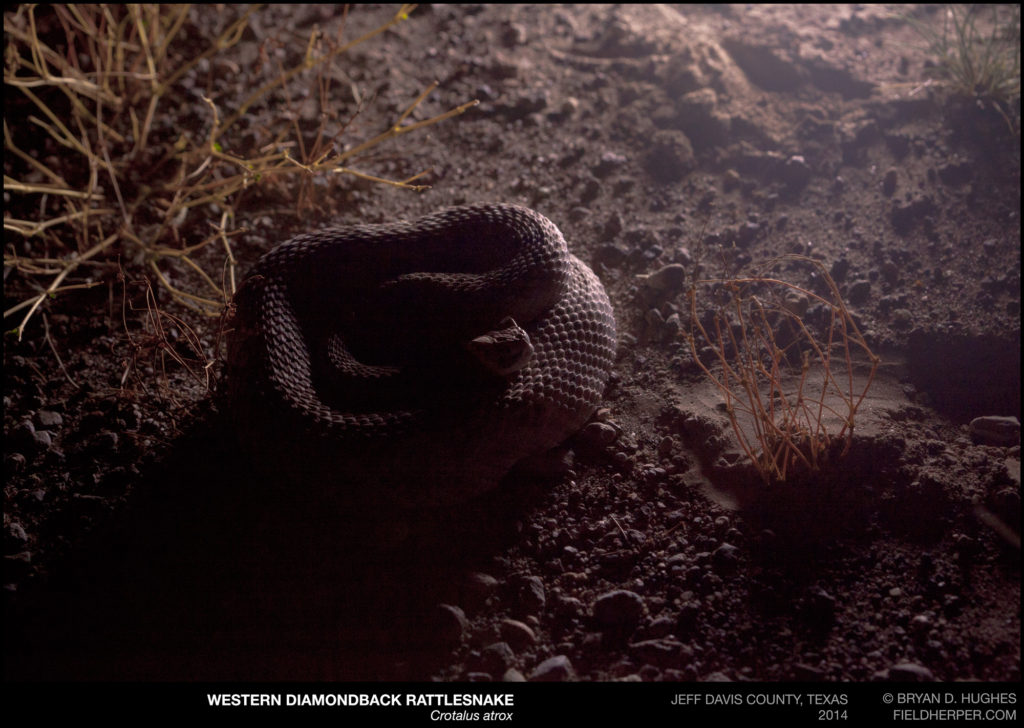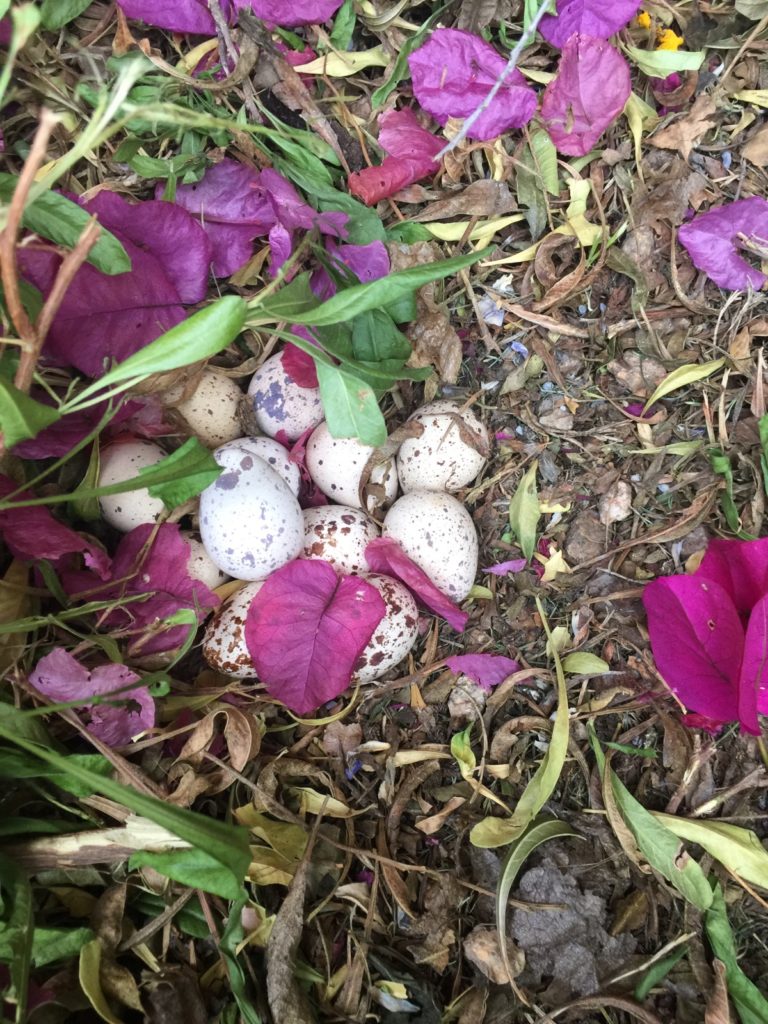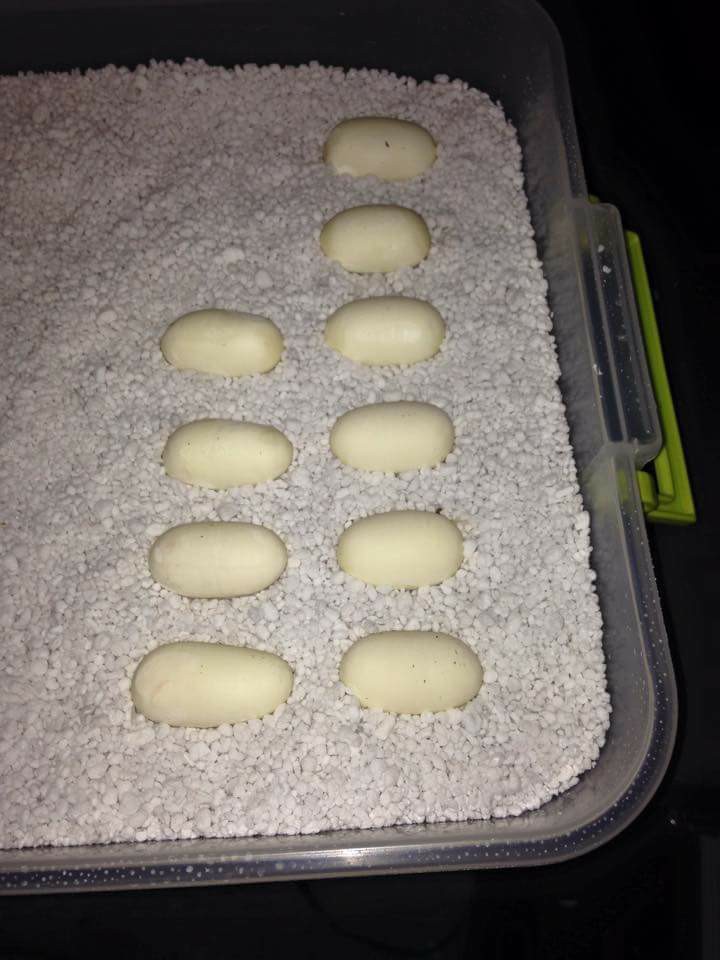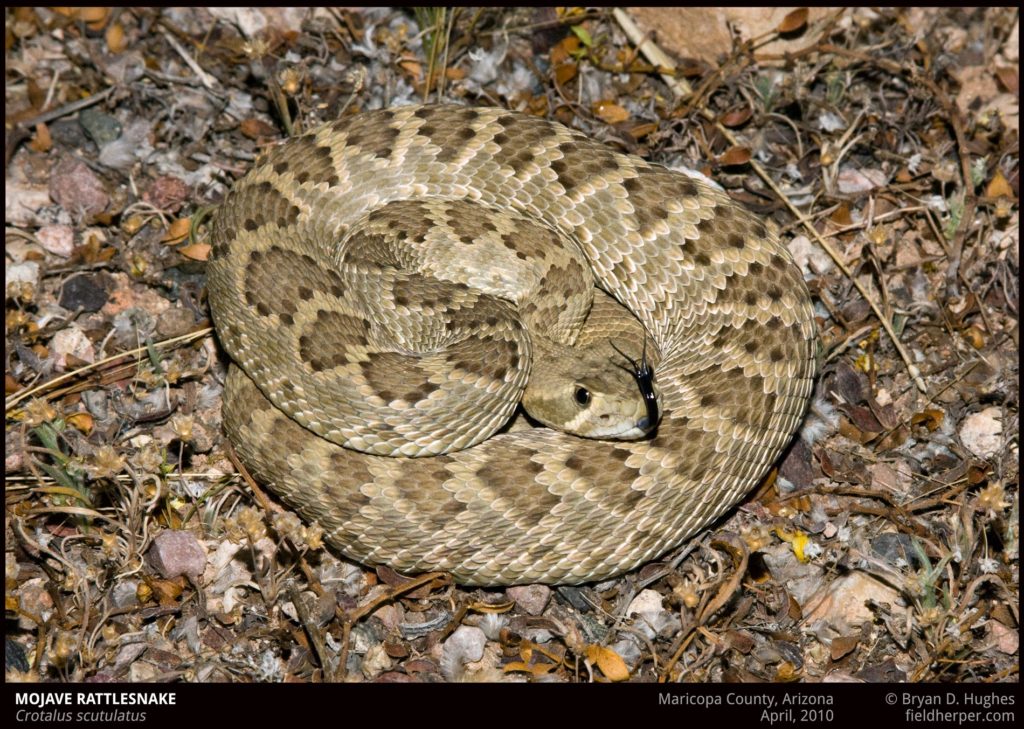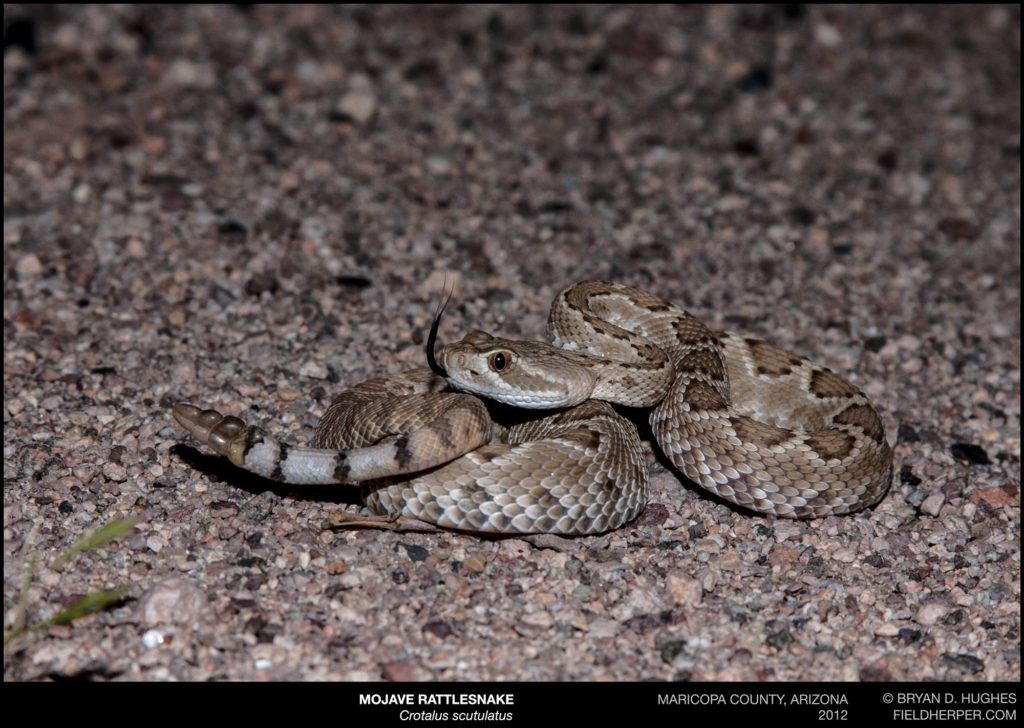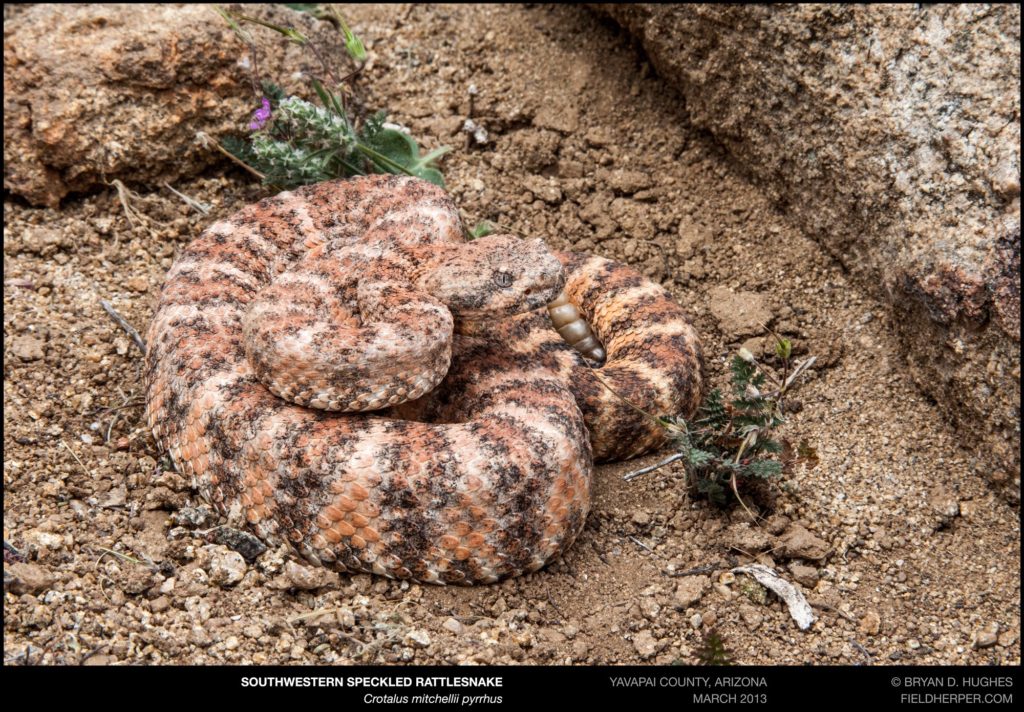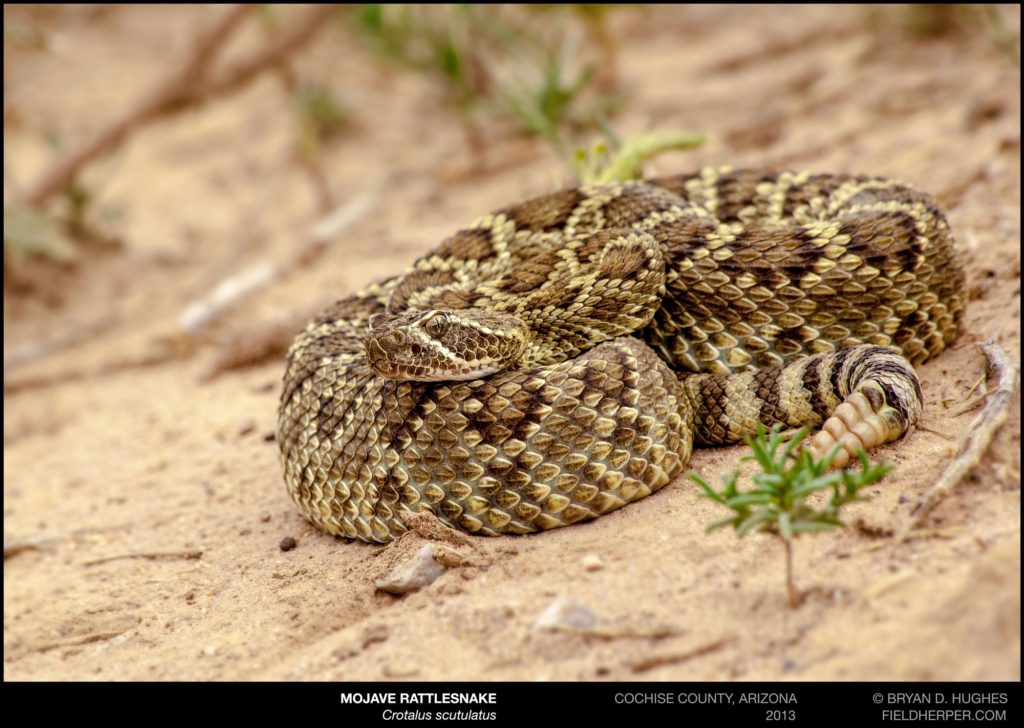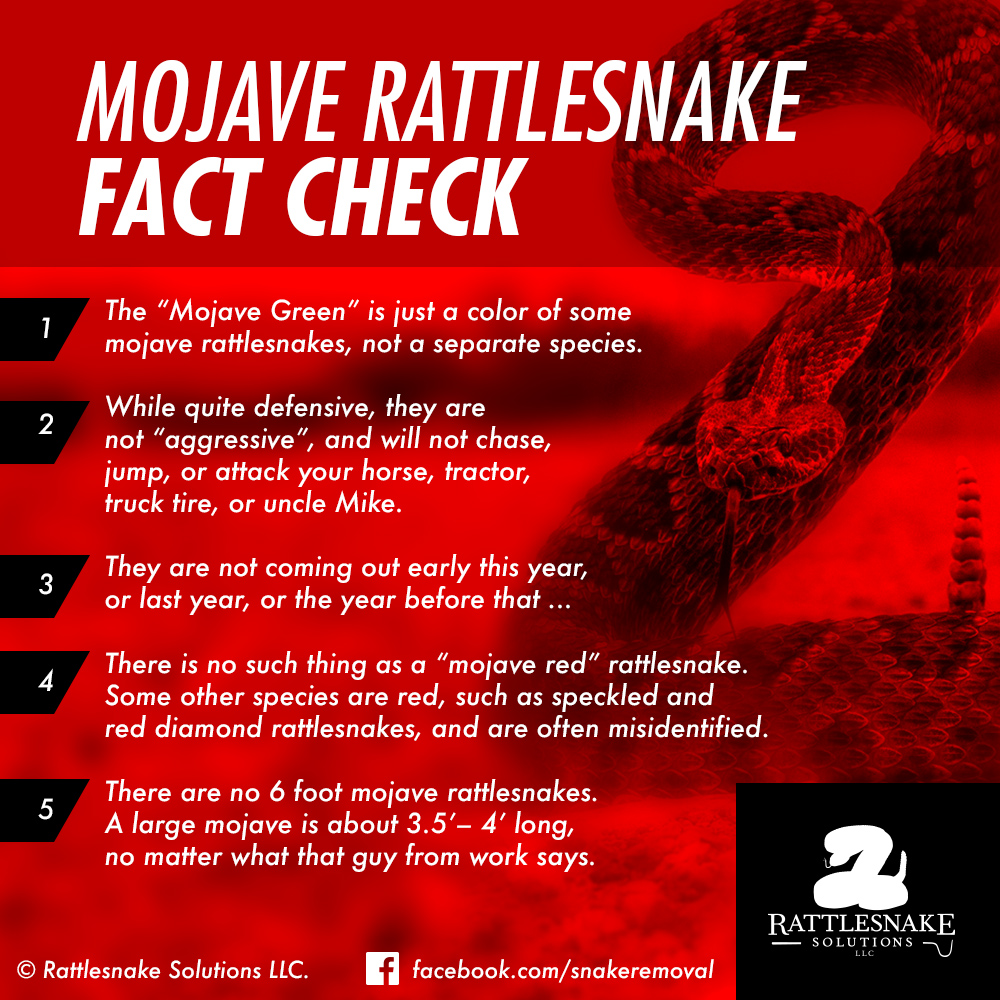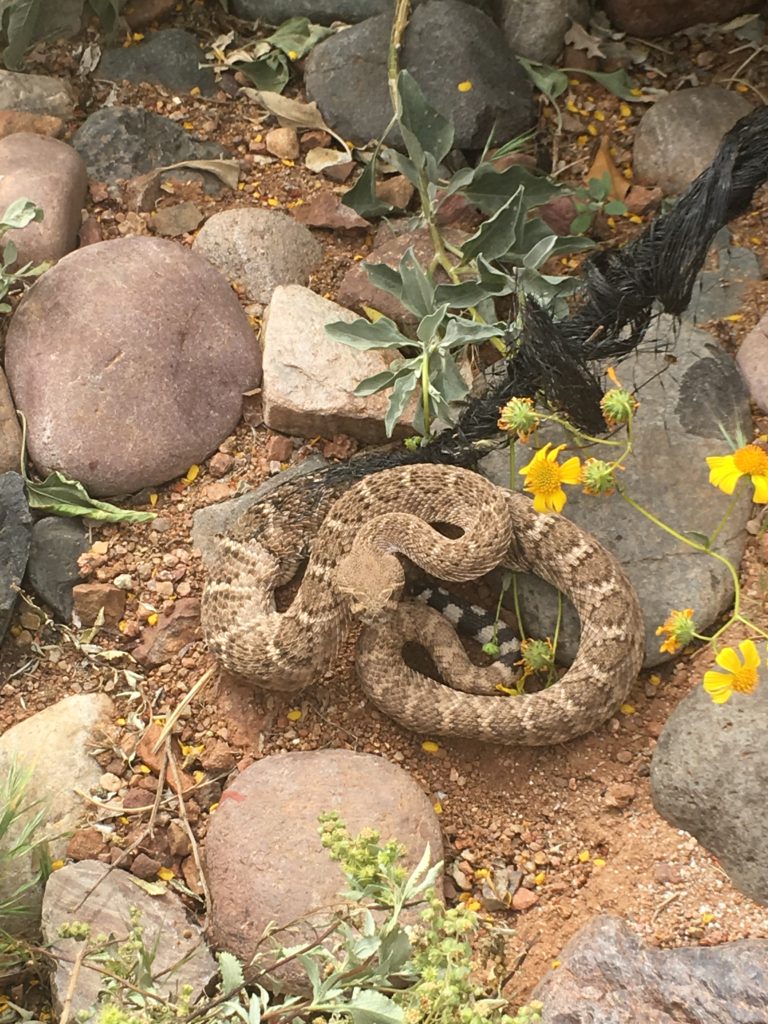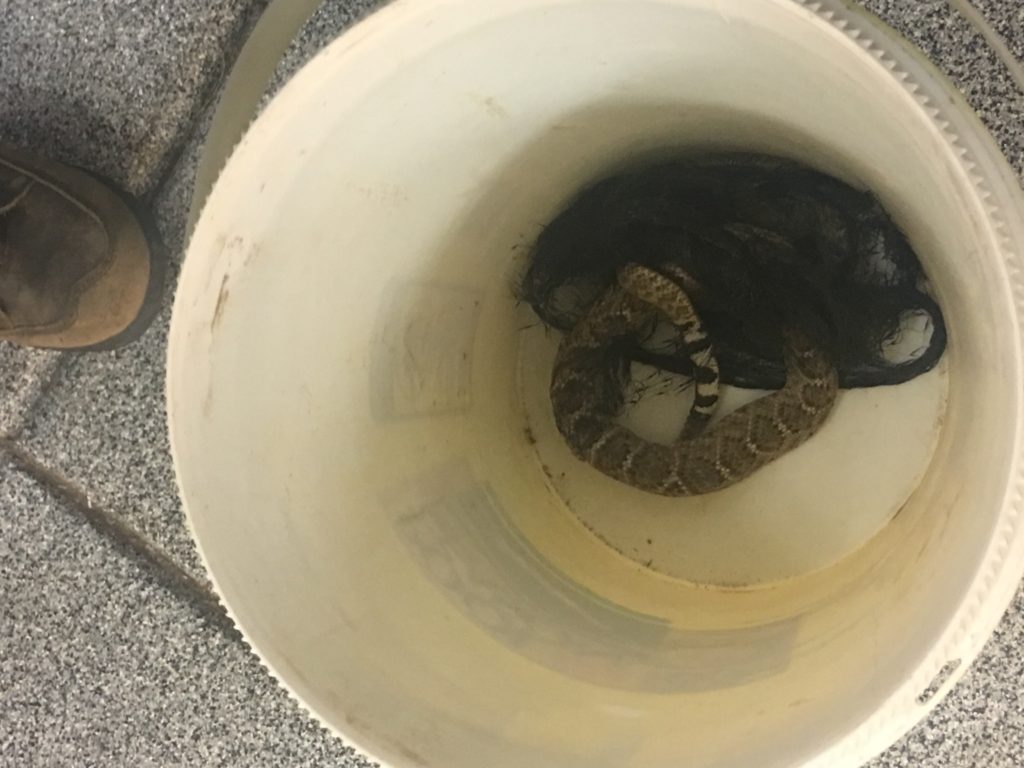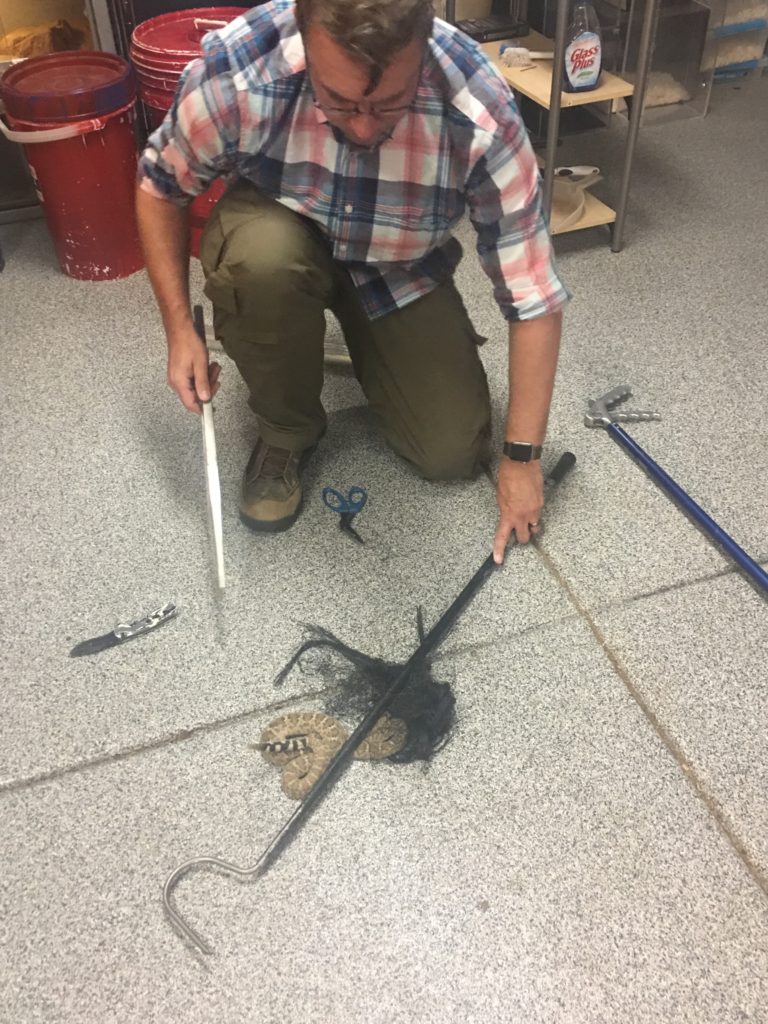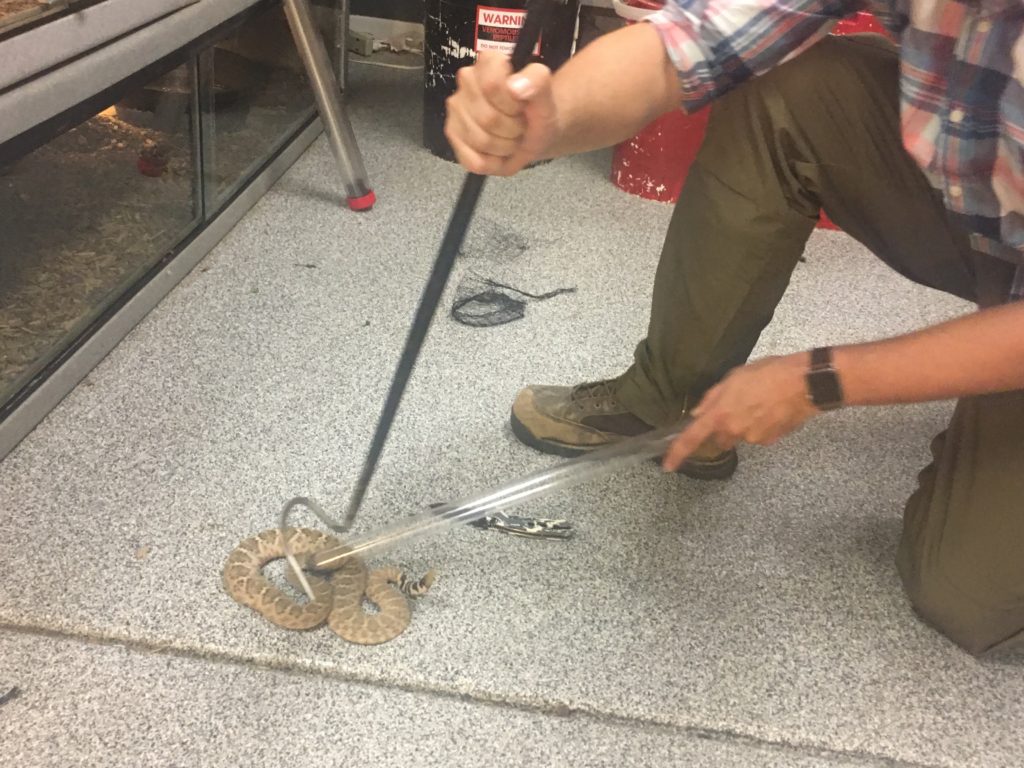It’s finally cooling off out there and rattlesnakes have mostly ended their surface activity for the year. They’ve gone to their Winter dens to wait out the cooler temperatures – but those dens can often be places close to (or in, under, or next to) home. If you live in a place where rattlesnakes do, especially if you have had rattlesnake encounters near the property, it’s good to have a little bit of information for visiting friends and family who aren’t as savvy as you are. This isn’t meant to scare anybody away (or may be it is! [insert mother-in-law-joke here]), but create just enough awareness to make sure everyone has a good, safe time and there’s nothing to worry about for those grand-babies from cooler climates.
- Do a pre-visit check of the yard for rattlesnake activity. This one is a no-brainer. A couple of days before they arrive, spend a half hour looking around the yard to see if there’s anything suspicious. Shed snake skins, odd holes that weren’t there before, and weird-looking poop could mean there’s a rattlesnake that’s decided to spend Winter in your yard. Places to be especially aware of are pool-filter areas, near and under sheds, and in the garage. If you live in a manufactured home, or a home with easy access to the foundation, that’s another area to look. If you’re not sure, this is something that we can help with.
- Just a simple awareness statement. When everyone arrives, just give a quick statement about being aware. A quick “Just so you know, rattlesnakes do live around here, so always keep an eye out” will do, and may give you something to talk about on the way home from the airport. You might want to go over some of the basic rules of living in the desert that you do every day. Things like “don’t reach anywhere you can’t see” and “don’t go outside at night without shoes and a flashlight“. Different relatives may have different tolerances for all the snake talk, so feel it out and give the appropriate amount of information to keep everyone safe without ruining turkey day.
- Keep the kids out of the garage. After Thanksgiving is a common time for people to get into the storage to dig out Holiday decorations. Rattlesnakes commonly use garages as den sites (this is something we handle all Winter long), so be aware that stuff that you haven’t touched all year, i.e. dusty decorations, are great places for these sleepy snakes to hang out. While the actual hanging of decorations might be fun for the family, actually retrieving them from storage is a better solo job for you.
- If you are within a quarter mile of any construction project, be especially aware. Many rattlesnakes that we are called to capture during the Winter have been disturbed at their chosen Winter refuge, and end up wandering into nearby neighborhoods trying to survive. If there is any construction project nearby, including road expansion, or and minor residential construction like digging a pool or removing an old shed, be especially aware. When native desert is torn up, the animals that have lived there have no choice but to find a new place to go, regardless of how cold it is outside. If you are in this situation, you may want to give an extra note of caution to your visitors.
- If you have a snake fence, check it out. Are there any holes in it? Are you using the right size mesh? Are all gaps 1/4″ inch or smaller? There’s no better time to check out the snake-proofing work than before visitors arrive, so you can confidently say that the yard is protected. Here is a simple test you can do at home in a few seconds to see if your snake proofing is doing its job.
- Keep our 24/7 hotline number available. In the event that a rattlesnake does show up while family is there, be ready to handle it in the safest and most effective way possible: call an expert to help (nobody wants to spend the holiday in the hospital ICU). If a rattlesnake does show up, call 480-237-9975 any time for immediate removal.
If you want to have a rattlesnake expert come to your property and check things out before friends and family arrive, call 480-237-9975 or email info@rattlesnakesolutions.com. Same-day service is available in most cases upon request.

